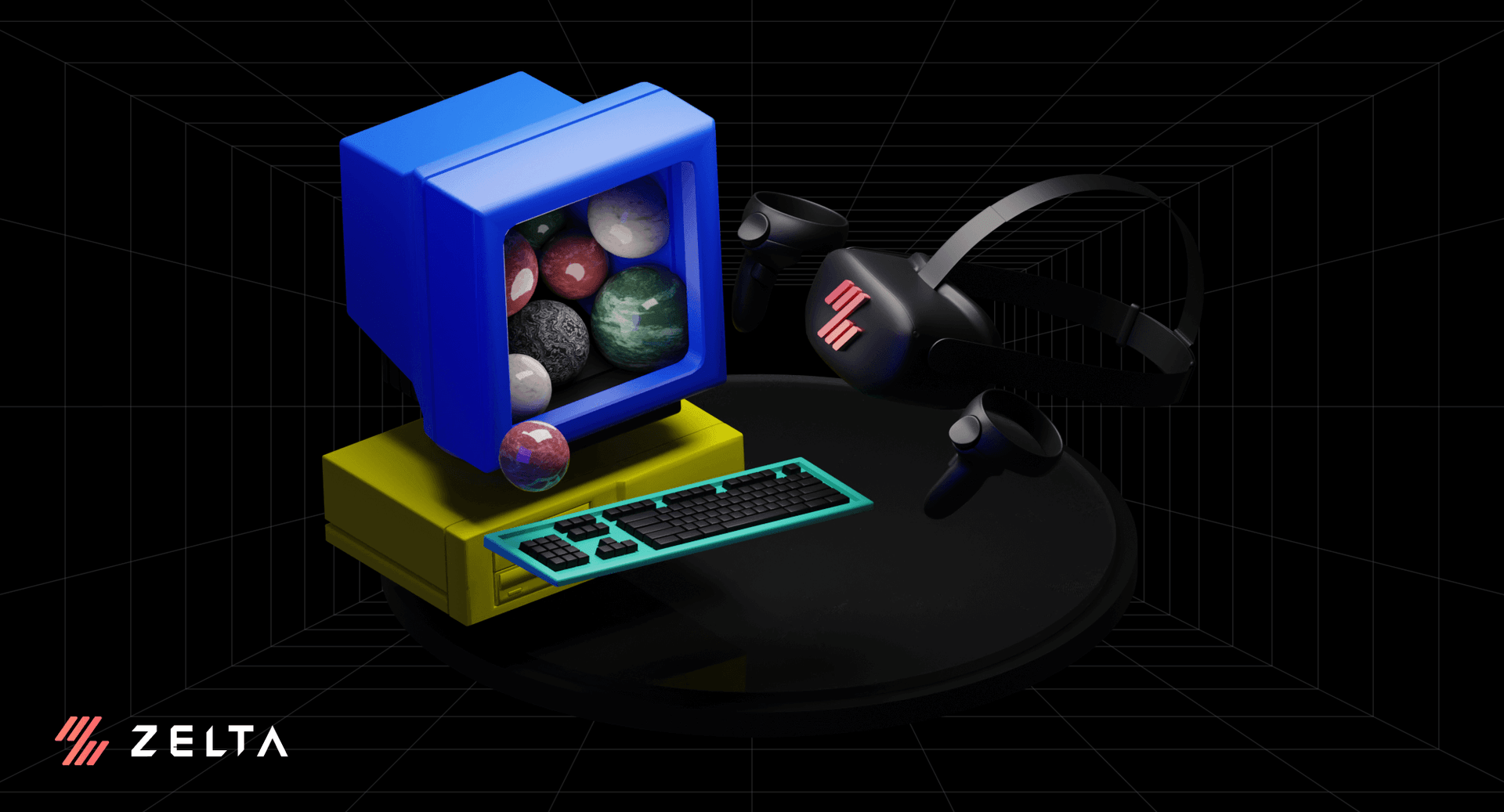

The Ultimate Guide to Web3!
Web3 is an evolution, more so like an upgrade to the current era of Web2. Ever since the term took over the internet there are some questions still remaining unanswered. In this article, we will cover all things Web3.
To start, let us consider the most basic yet the most challenging question i.e. What is Web3.0?
While Web2.0 focuses on the read-write concept, Web3 is completely based on the read-write-own concept. Before diving deeper, let us first know about the versions of WEB that have existed till date.
(Also read: Web2 vs Web3)
Versions of the Web
WEB 1.0
Since the origin of the Internet in 1989, there have been two versions of the Web i.e. Web1.0 and Web 2.0.
Web1.0 was the first version of the Internet and was based on the concept of “read-only.”
This version of the Internet had no interaction between the users and was only used to gather information about various topics. You could only publish your own pages online or browse through those of others.

In web1 communication was limited to email and the only device with access to the data was a computer. The data too was all kept on a centralised server. Web1.0 lasted from the start of the internet till the early 2000s when Web2.0 began to take shape.
Web2.0
Slowly and steadily the internet and its uses began to evolve and the users wanted something more convenient than just emails to interact with each other. This was when Web2.0 started to emerge.

Web 2 became official around 2004 and continues to run till date which makes us currently living in the era of Web2.0 (but in transition to Web 3). Through social media and other channels, this version of the internet enabled users to engage with what they see online. Information on Web2.0 is now kept in cloud storage (hosted servers) rather than a single centralised computer and this cloud storage was accessible by almost any gadget that used the internet.
Web 3.0
The next revolution in the Web Industry is finally here which is Web3! Slowly and gradually it will be made accessible to all.
Glimpses of what web3 really is have started to come out and it is considered the version of the internet enabling users to “read-write-own.” The Web 3 environment has already started to take shape and some key trends helping this version are decentralisation, privacy, blockchain, machine learning, and artificial intelligence.

Decentralisation is considered to play a very major role in the future of Web 3. Instead of sharing information through major centralised platforms such as Google, Microsoft etc. information would be freely shared and stored in various computers. There are many browsers from the Web2 environment like Chrome and Safari, which allow users to access various Web3 tools through their platforms but you would need a web3 wallet to access them.
Web3 Browsers
On the other hand browsers like Brave which is known for its fast browsing and ad blocker will play a major role in heading towards the Web 3 space. Brave has integrated blockchain technology into its interface and has launched its own token BAT which is based on the Ethereum blockchain network.
The ads on the Brave browser are specifically targeted and the ones who watch some ads are rewarded with BAT tokens in return.

There are many other browsers just like Brave that have integrated blockchain technology into their interface and will help various users in the Web3 space to access various DApps without any specific wallet. Some of these browsers are:
Osiris Hyper Speed Browser
Osiris is another blockchain-based Web3 browser that places an emphasis on providing simple access to decentralised applications and serving as a bridge across various blockchains. It has all the essential features, a clear and user-friendly layout, and a privacy-focused approach.

The Meta Wallet that comes with Osiris is special. This wallet is exclusive to Osiris and cannot be mistaken with the Metamask wallet, which is integrated within the web browser. Osiris is also the first web browser to start working on its own blockchain.
Puma Browser
Puma is a mobile browser which is available for both Android and iOS. This privacy-focused browser doesn't monitor your online behaviour. It incorporates web monetization, which makes it possible to pay the content's creator directly and prevents you from seeing advertisements. It makes use of peer-to-peer file hosting and intends to introduce its ecosystem later.

Just like these browsers which have their focus on decentralisation, there are various companies which focus on privacy, decentralisation, or total ownership and this is what makes them different from various tech giants working in the Web 2.0 space. These companies are one of the prime reasons for the growth in the Web3 ecosystem.
Web3 Companies
Some of the most popular Web3 companies are:
Braintrust
Braintrust is a company which provides a platform to connect various knowledgeable workers to the world’s leading companies and that platform is built by the people themselves!
This is what Braintrust is. Adam Jackson, Gabriel Luna-Ostaseski, and Brian Flynn established Braintrust in 2018 and it has its headquarters in San Francisco, California.
New talents have joined the network at unprecedented rates because the community of knowledge workers and contributors earns ownership and control of Braintrust through its native BTRST token for their contributions to the network and its growth.
OpenSea
OpenSea is the first and largest marketplace for NFTs. OpenSea supports various products backed by a blockchain that can be used with NFTs, such as collectables, gaming items, domain names, and digital art.
OpenSea marketplace is backed by the Ethereum blockchain network and thus, it becomes one of the most trusted marketplaces available in the market.
Immutable
Immutable is a very unique company in itself because it is the first scaling solution for NFTs which does not compromise the security of Ethereum. Immutable is an Australian startup with offices in Sydney that was established in 2018 by James Ferguson, Robbie Ferguson, and Alex Connolly.
Conclusion
The internet is changing and Web3 is enabling major enhancements related to blockchain, and cryptocurrency payments. Furthermore Web3 will also focus majorly on the privacy of users.
Various web browsers will act as our primary support to access various DApps and websites. While Web3.0 looks very interesting and people are very excited to access it, one thing to be kept in mind is that the transition would not take place in a snap. It would take quite some time for the companies to provide various platforms which would allow us to access Web3.0 and the related DApps.
With Web3.0 coming into the picture, you would be sure that your data is truly yours as you won’t have to give permissions to various companies every time you access any of their services. Machine learning and Artificial Intelligence would also play a major role in creating a personalised experience for the users; Apple’s Siri is one of the best examples of the inclusion of AI into personalization.
Watch out for the Web3 space and get ready to step into the Future.
Image Credits: Cryptoast.
